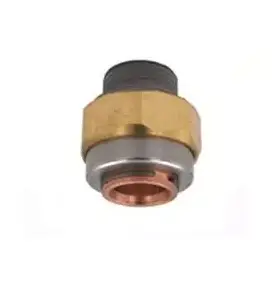Different Types And Techniques of Laser Cutting

Laser cutting has evolved from the 1960s to the tech-savvy age and this evolution brought huge technical updates. Laser cutting process is much more efficient today than the mechanical tooling and cutting process because it costs less and is much more accurate. The laser performs the cut by melting, burning, or vaporizing away the material and leaving a sharp, clean edge.
Materials you can to process by laser cutting include:
- Paper
- paper board
- Adhesive tapes
- Plastics
- Films
- Textiles
- Abrasives
- Metals, and
- Photovoltaic
Bystronic laser parts and Bystronic spare parts make the laser cutting process smooth and efficient. There are different types of lasers and various techniques used for cutting. We shall have a deep discussion on it to know which option this decade has for us.
Types of Laser Cutting:
There are three main types of lasers used for cutting:
1. Gas Lasers
Invented in: 1964
Gas laser known as CO2 laser cutting- completed by using a carbon dioxide mixed laser. In the initial stages of the invention of the gas laser, it wasn’t that powerful to cut metals. Although it is still best suited on non-metals, with the advancement of technology, gas lasers can cut metals too. It has a wavelength of 10.6 micrometers.
Gas laser cutting also uses pure nitrogen to work with metals such as steel and aluminum. But if the nitrogen you are using is not pure then the chances of oxidation are high on the metal you are working with.
Usage: In medical and industrial settings
2. Crystal Lasers
Invented in: 1964
Crystal laser cutting is a process that uses lasers made from nd:YAG (neodymium-doped yttrium aluminum garnet) and nd:YVO (neodymium-doped yttrium ortho-vanadate). These crystals belong to a solid state group that allows high powered cutting. It can be used with both- metals and nonmetals.
Bell lab- the one that created gas layers, same lab created crystal cutting too. It has a wavelength of 1.064 micrometers.
Usage: In medical, dentistry, military and manufacturing industry
3. Fiber Lasers
Invented in: 1961
Fiber lasers have several similarities to the crystal process. Fiber lasers too belong to the solid state group. It has a wavelength of 1.064 micrometers.
This laser cutting type provides a much longer service life than that of the previous two cutting types, probably 25,000 hours. It works with metals, alloys and nonmetals alike, even including glass, wood and plastic. And it requires very little maintenance; even the replacement parts are very inexpensive. Bystronic spare parts come as a best option while replacing laser parts.
Usage: Mainly for metal marking by way of annealing, metal engraving and marking thermoplastics
Different Techniques of Laser Cuttings:
1. Total Control of the laser beam
You have total control of the beam of your laser when you use Bystronic laser parts for fiber lasers. By this, you can control everything from the beam heat output to the intensity of the beam on your material, and even the duration of your beam.
The benefit of this control is that it allows you to work with a range of materials, as well as ensuring that no damage is caused to the material that you are working on.
2. Marking
Marking process involves the melting of a surface layer of a material to leave a mark behind. This process is also possible to complete with a fiber laser.
3. Engraving
Engraving process is very similar to the marking process; the only difference is that the aim here is to create a deep and engraved mark which manufacturers often use for applications such as creating barcodes.
Being the most accurate cutting method, laser cutting has been a hype of many manufacturing industries for years. Specifications and precise cuttings are the reasons for its reliability. Technology is upgrading every day and so will the types and techniques of laser cutting. And it is important to know about the types and techniques of laser cutting, so that you can make the most of them by creating different usage options.
